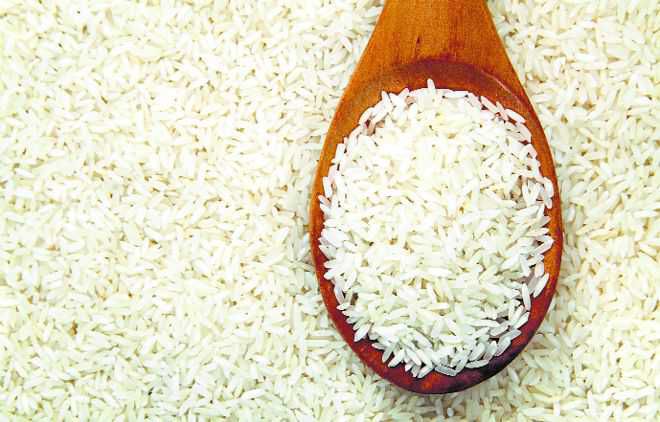Punjab, Haryana growers upbeat over boom in basmati rice exports
Neeraj Mohan
New Delhi, July 21
A significant surge in basmati rice exports has growers optimistic ahead of the harvesting season in Punjab and Haryana. Despite the condition of the Minimum Export Price, India’s basmati exports saw an increase of nearly 25% in the 2023-24 fiscal, at Rs 48,389.21 crore. The jump is expected to drive up basmati prices, offering a much-needed boost to the local agricultural economy.
Lower MEP cap to $800: Exporters
Despite the impressive export figures, traders are concerned over the Minimum Export Price (MEP) cap of $950, which they see as a hurdle in optimal trade. “Even with strong international demand, the MEP cap discourages traders from buying paddy. We urge the government to lower the cap to $800, which would benefit both traders and farmers, and help us compete with Pakistan, the only significant competitor to Indian basmati,” said Satish Goel, president of the All-India Rice Exporters’ Association.
As per data of the Agricultural and Processed Food Products Export Development Authority (APEDA), in the previous fiscal year, India exported 45.61 LMT of basmati worth Rs 38,524.10 crore. Over the past four years, basmati exports have witnessed over 83% increase — from Rs 26,415 crore in 2021-22 to Rs 48,389 crore in 2023-24.
Basmati was exported to 150 countries in 2023-24, up from 149 countries in the previous fiscal. Monthly export statistics released by APEDA indicate that India’s exports saw a 13.11% rise in April to May figures, reaching $1,037 million compared to $917 million during the corresponding period last year.
Saudi Arabia was the largest importer of Indian basmati in terms of quantity, importing 10.98 LMT, followed by Iraq and Iran at 8.24 LMT and 6.7 LMT, respectively. Other major importers are the Yemen Republic (3.07 LMT), UAE (3.08 LMT), US (2.34 LMT), UK (1.85 LMT), Kuwait (1.79 LMT), Oman (1.64 LMT), and Qatar (1.15 LMT).
The surge has been fuelled by a strong demand from West Asia. Basmati prices are hovering around Rs 4,000 a quintal while the premium quality is fetching Rs 5,500 to Rs 6,000. Traders believe that if the trend continues, it may give a boost to the prices in the harvesting season in September.
Following an increase in demand and exports, the area under basmati cultivation has also gone up in Punjab and Haryana, with the traders predicting a record production this year.
Last year, Punjab saw a 16% increase in the area under basmati cultivation during the kharif season, reaching nearly 6 lakh hectares, of the total paddy area of 32 lakh hectares, compared to 4.95 lakh hectares in 2022. This year, the state agriculture department projects that acreage in Punjab may reach around 10 lakh hectares, surpassing Haryana’s nearly 7.80 lakh hectares — the highest in the country.









